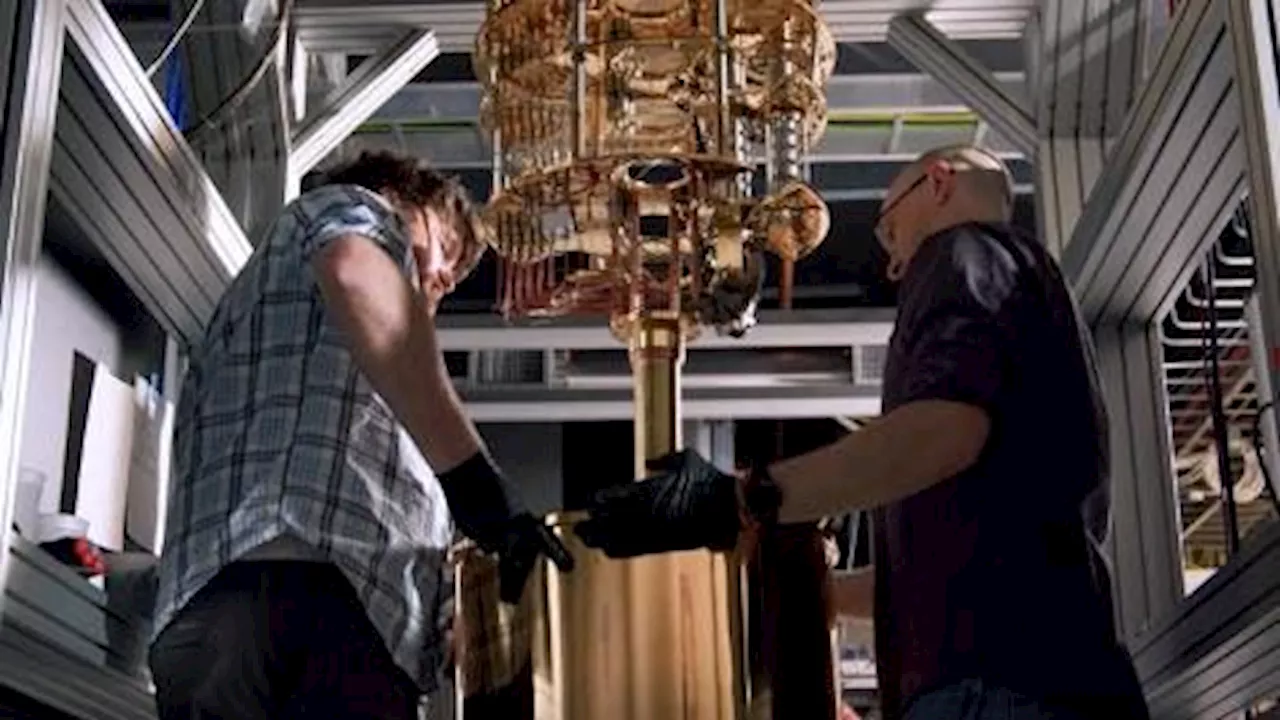Researchers at the Argonne National Laboratory (ANL) have developed nanoscale quantum shells that can be used alongside powerful X-ray sources like the Advanced Photon Source (APS) for ultrafast detection of high-energy particles and producing high-quality images.
Researchers at the Argonne National Laboratory have developed nanoscale quantum shells that work as advanced electron and X-ray scintillators. This innovation can lead to exciting developments in particle physics, medical imaging, and X-ray-based defense technologies.
“An everyday application for scintillator technology can be found in a dentist’s office, where X-ray beams are shone through a patient’s mouth and onto a film of a reactive material that imprints an image of the teeth for the dentist to check for potential defects,” the researchersScintillators hold great importance in medical imaging and various other applications that utilize high-energy particles.
A shorter glow time enables quicker, and more detailed imaging. “The quantum shell scintillator achieves a single-digit nanosecond lifetime while preserving efficiency levels equal to traditional scintillators,” Benjamin Diroll, one of the researchers, said. Additionally, traditional scintillators are millimeters thick, causing light to release from multiple areas and resulting in blurred images.“We realized that we could make quantum shell scintillators much thinner, just a couple of micrometers while achieving both strong X-ray absorption and high spatial resolution imaging,” Burak Guzelturk, lead researcher and a physicist at ANL, said.The application of quantum shells isn’t limited to dental X-rays and other types of medical diagnostics.
United States Latest News, United States Headlines
Similar News:You can also read news stories similar to this one that we have collected from other news sources.
 Microsoft Azure Quantum: Accelerating Discovery In The Quantum AgeMicrosoft and its Azure Quantum collaborators keep breaking new ground on research projects that advance different critical aspects of quantum computing.
Microsoft Azure Quantum: Accelerating Discovery In The Quantum AgeMicrosoft and its Azure Quantum collaborators keep breaking new ground on research projects that advance different critical aspects of quantum computing.
Read more »
 Quantum researchers come up with a recipe that could accelerate drug developmentMathematicians have developed a recipe for upgrading quantum computers to simulate complex quantum systems, such as molecules. Their discovery brings us closer to being able to predict how new drugs will behave within our bodies and has the potential to revolutionize pharmaceutical development.
Quantum researchers come up with a recipe that could accelerate drug developmentMathematicians have developed a recipe for upgrading quantum computers to simulate complex quantum systems, such as molecules. Their discovery brings us closer to being able to predict how new drugs will behave within our bodies and has the potential to revolutionize pharmaceutical development.
Read more »
 Quantum researchers cause controlled 'wobble' in the nucleus of a single atomResearchers have been able to initiate a controlled movement in the very heart of an atom. They caused the atomic nucleus to interact with one of the electrons in the outermost shells of the atom. This electron could be manipulated and read out through the needle of a scanning tunneling microscope.
Quantum researchers cause controlled 'wobble' in the nucleus of a single atomResearchers have been able to initiate a controlled movement in the very heart of an atom. They caused the atomic nucleus to interact with one of the electrons in the outermost shells of the atom. This electron could be manipulated and read out through the needle of a scanning tunneling microscope.
Read more »
 Researchers restore the performance of quantum dot solar cells as if 'flattening crumpled paper'Researchers adopt a new ligand to enhance the efficiency and stability of perovskite quantum dot solar cells. Solar cell efficiency increases to 15.3% by correcting distortions on the surface of quantum dots.
Researchers restore the performance of quantum dot solar cells as if 'flattening crumpled paper'Researchers adopt a new ligand to enhance the efficiency and stability of perovskite quantum dot solar cells. Solar cell efficiency increases to 15.3% by correcting distortions on the surface of quantum dots.
Read more »
 Free day at the national parks: Pitch in on National Public Lands DayVolunteers will help out at parks, monuments, and historical sites across the nation.
Free day at the national parks: Pitch in on National Public Lands DayVolunteers will help out at parks, monuments, and historical sites across the nation.
Read more »
 Free day at the national parks: Pitch in on National Public Lands DayVolunteers will help out at parks, monuments, and historical sites across the nation.
Free day at the national parks: Pitch in on National Public Lands DayVolunteers will help out at parks, monuments, and historical sites across the nation.
Read more »
